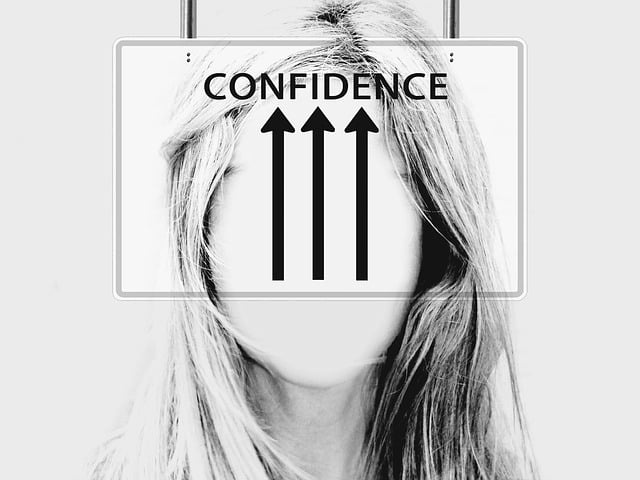Self-Exclusion Tools are digital solutions empowering users to control tech access, particularly on gambling platforms. They offer features like deposit limits, time restrictions, game blocking, and spending management to promote responsible gaming and prevent harm from excessive use. These tools, for social media, gaming, and gambling, foster personal growth by enabling individuals to set boundaries, manage emotions, and create a healthier digital environment, ultimately achieving short-term goals and lasting positive changes. Effective implementation requires education and awareness campaigns to encourage responsible tech usage.
“Self-exclusion tools are powerful mechanisms designed to promote digital well-being and personal control. This article offers a comprehensive guide to understanding these innovative solutions, exploring their diverse applications, and highlighting strategies for effective implementation.
We delve into the science behind self-exclusion, demonstrating how it empowers individuals to manage their online interactions healthily. Whether in gaming, social media, or work environments, these tools offer a path towards digital moderation and improved mental clarity.”
- Understanding Self-Exclusion Tools: A Comprehensive Overview
- How Self-Exclusion Tools Work in Different Contexts
- Implementing Effective Self-Exclusion Strategies for Personal Growth
Understanding Self-Exclusion Tools: A Comprehensive Overview

Self-Exclusion Tools are designed to empower individuals in managing their relationship with technology, particularly gambling-related platforms. These tools offer a proactive approach to prevent potential harm by allowing users to set limits on their usage. By providing a range of options, such as deposit limits, time restrictions, and personalized notifications, these tools enable people to take control of their digital habits. This is especially relevant in today’s digital landscape where access to online gambling services is readily available 24/7.
Comprehensive Self-Exclusion Tools not only cater to problem gamblers but also promote responsible gaming among all users. They often include features like blocking specific games, managing spending, and providing detailed activity reports. These measures ensure that individuals can engage with digital platforms healthily and without negative impacts on their lives. Effective implementation of Self-Exclusion Tools requires ongoing education and awareness campaigns to reach a wide audience and encourage the responsible use of technology.
How Self-Exclusion Tools Work in Different Contexts

Self-exclusion tools are designed to empower individuals to take control of their digital well-being by setting boundaries and limiting access to specific online platforms or content. These tools operate across various contexts, from social media apps to gambling websites, each tailored to address unique challenges. In the realm of social media, self-exclusion tools allow users to temporarily or permanently block themselves from certain platforms, preventing them from accessing their accounts and the associated content. This is particularly useful for individuals seeking to reduce screen time or escape cyberbullying.
For online gaming and gambling, self-exclusion tools enable users to set limits on their spending and playing time. These measures are crucial in promoting responsible gaming and helping problem gamblers regain control of their habits. By employing such tools, users can create a healthier digital environment, ensuring that their online activities align with their personal goals and well-being.
Implementing Effective Self-Exclusion Strategies for Personal Growth

Implementing effective self-exclusion strategies is a powerful tool for personal growth and self-improvement. By setting boundaries and restricting access to certain behaviors, triggers, or environments, individuals can create a supportive environment conducive to their well-being. Self-exclusion tools vary from digital applications that block unwanted content or contacts to physical spaces designed to foster detachment from negative influences. These strategies enable folks to take control of their habits, emotions, and surroundings, ultimately enhancing their ability to focus on positive goals and experiences.
For instance, someone struggling with excessive social media use might employ self-exclusion tools to limit their screen time. This could involve setting daily or weekly limits through app settings, scheduling specific times for checking notifications, or even temporarily disabling accounts during dedicated periods of productivity or relaxation. Similarly, those seeking to quit smoking can utilize self-exclusion techniques by avoiding environments where smoking is prevalent and using digital aids that prevent access to smoking-related content or apps. These tailored approaches not only support short-term goals but also contribute to long-lasting positive changes.
Self-exclusion tools, as demonstrated across various contexts and highlighted throughout this article, offer powerful mechanisms for personal growth and responsible self-management. By understanding their function and implementing effective strategies, individuals can harness these tools to achieve healthier lifestyles and better control over their actions. Incorporating self-exclusion techniques into daily routines fosters discipline, promotes well-being, and paves the way for positive change.






